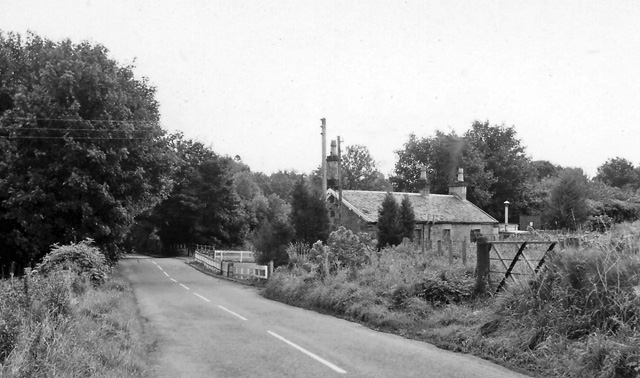|
Mugdock Castle
Mugdock Castle was the stronghold of the Clan Graham from the middle of the 13th century. Its ruins are located in Mugdock Country Park, just west of the village of Mugdock in the parish of Strathblane. The castle is within the registration county of Stirlingshire, although it is only north of Milngavie, East Dunbartonshire, on the northern outskirts of Greater Glasgow. History The lands of Mugdock were a property of the Grahams from the mid-13th century, when David de Graham of Dundaff acquired them from the Maol Domhnaich, Earl of Lennox, Earl of Lennox. It is possible that the castle was built by his descendant, Sir David de Graham (d. 1376),Fawcett, p.18 or by his son in 1372. In 1458, the lands were erected into the Barony of Mugdock. Later, in 1505, the Grahams were created Duke of Montrose, Earls of Montrose. The most famous of the Montrose Grahams, James Graham, 1st Marquess of Montrose, may have been born at Mugdock Castle in 1612. During the Bishops' Wars, a prelude to ... [...More Info...] [...Related Items...] OR: [Wikipedia] [Google] [Baidu] |
Strathblane
Strathblane ( gd, Strath Bhlàthain, ) is a village and List of civil parishes in Scotland, parish in the registration county of Stirlingshire, situated in the southwestern part of the Stirling (council area), Stirling council area, in central Scotland. It lies at the foothills of the Campsie Fells and the Kilpatrick Hills on the Blane Water, north of Glasgow, east-southeast of Dumbarton, and southwest of Stirling. Strathblane is a dormitory village for Greater Glasgow, and has a total resident population of 1,811. Historically, Strathblane was the name of a parish in Stirlingshire which comprised three villages: Edenkill, Netherton and Mugdock. Mugdock was the ancient seat of the Earl of Lennox, Earls of Lennox, and to the east of Strathblane lies the town of Lennoxtown. Blanefield is a settlement contiguous with Strathblane's northwestern fringe. To the west is the volcanic plug Dumgoyne, Glengoyne Single Malt, Glengoyne Distillery and the Loch Lomond and the Trossachs Nation ... [...More Info...] [...Related Items...] OR: [Wikipedia] [Google] [Baidu] |
